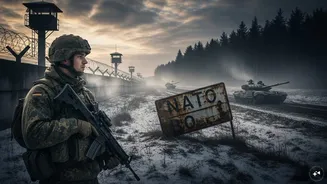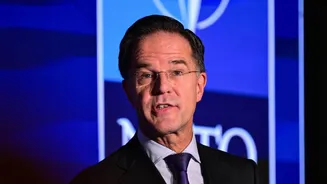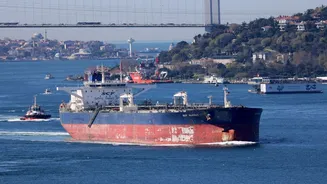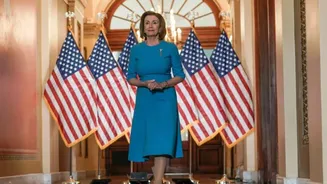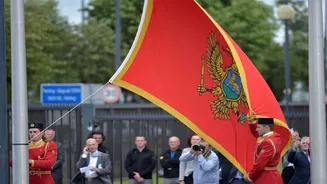Germany’s top military official warns of Russia’s capability to launch a limited strike against Nato territory at any moment, depending on how Western countries respond. While a large-scale invasion is unlikely immediately due to Russia’s engagements in Ukraine, the threat remains real. This article explores Russia’s military readiness, potential plans, and the factors influencing Nato’s defense strategy.
Russia’s current attack potential
Lieutenant General Alexander Sollfrank explained that Russia could carry out a small and rapid strike on Nato territory as soon as tomorrow. The operation would be focused and regional rather than large-scale, as Russian forces remain heavily occupied in Ukraine. Despite losses on the ground, Russia’s air force, nuclear arsenal, and missile capabilities remain substantial. The Black Sea Fleet has suffered setbacks, but other naval assets stay intact. Russia is also working to increase its army size to 1.5 million soldiers and has enough tanks to support such an attack.
Nato’s evolving defense posture
Since 2024, Germany has shifted its military focus from overseas missions to defending Nato borders. Sollfrank’s leadership at the joint operations command reflects this change. Incidents like drone flights over Poland have heightened concerns about Russian escalation. In response, Germany is increasing defense spending significantly and plans to expand its armed forces by tens of thousands of troops. These moves form part of Nato’s efforts to deter potential aggression.
Factors affecting a potential Russian attack
Sollfrank emphasized that Russia’s decision to attack would depend on its military strength, past performance, and leadership. The general believes such an attack is possible but depends heavily on Nato’s actions. He highlighted Russia’s so-called non-linear warfare strategy that includes espionage, intimidation through nuclear threats, and proxy conflicts. These tactics aim to provoke Nato, witness reactions, and test the alliance’s resilience. The coming years will be crucial for how Nato manages this complex threat environment.
